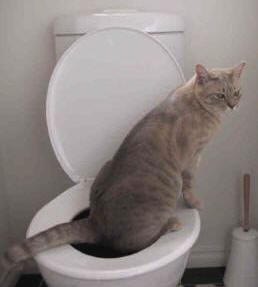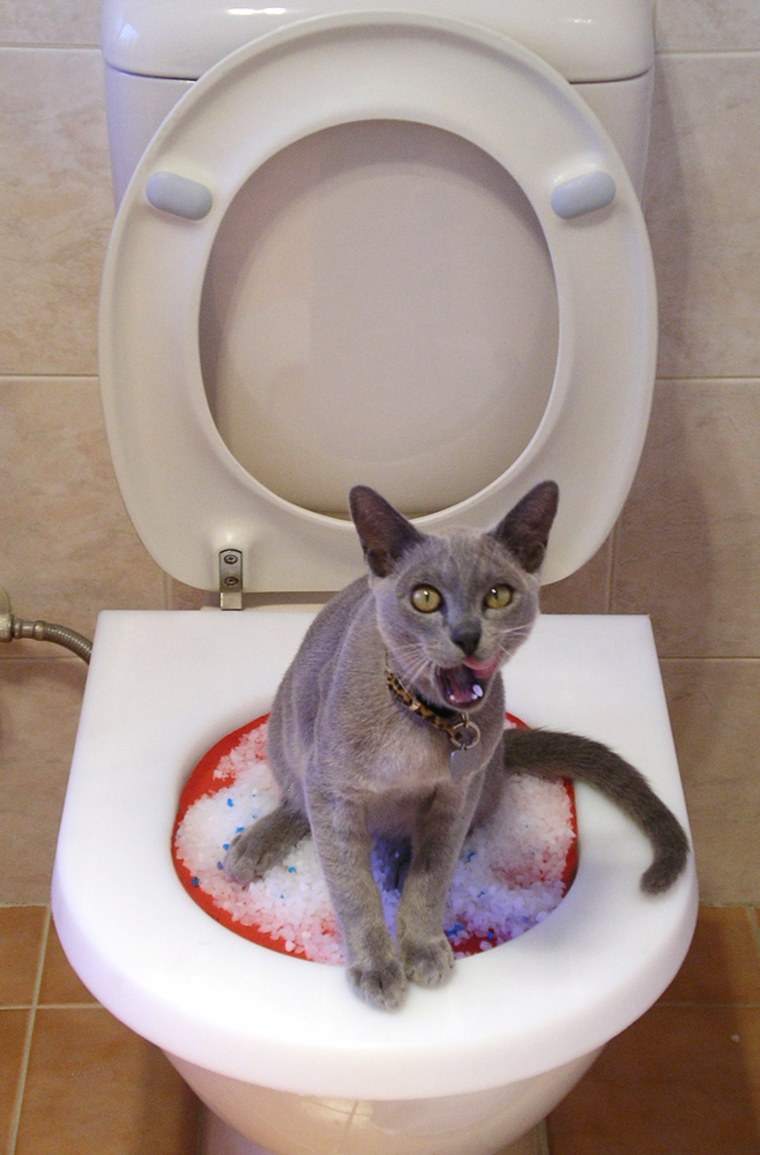The Significance of Proper Disposal of Animal Waste
The Significance of Proper Disposal of Animal Waste
Blog Article
What're your thoughts on 10 Things You Should Never Flush Down The Toilet?

When it involves disposing of waste, especially animal waste, many individuals often resort to the practical option of flushing it down the bathroom. However, this apparently simple remedy can have serious repercussions for the atmosphere and public health. In this article, we'll discover why flushing animal waste down the commode is a bad concept and provide alternative techniques for proper disposal.
Introduction
Appropriate garbage disposal is critical for maintaining ecological sustainability and public health. While it might seem safe to flush animal waste down the commode, it can cause different problems, both for the atmosphere and human health.
Risks of flushing animal waste
Environmental effect
Purging pet waste introduces dangerous microorganisms and microorganisms right into waterways, which can adversely influence aquatic communities. These virus can infect water sources and harm marine life, interfering with fragile ecosystems.
Public health concerns
Animal waste includes unsafe bacteria such as E. coli and Salmonella, which can posture significant health and wellness risks to human beings. Purging pet waste down the commode can pollute water supplies, resulting in the spread of diseases and infections.
Alternatives to flushing
Instead of flushing pet waste down the bathroom, there are several different disposal techniques that are more eco-friendly and hygienic.
Composting
Composting animal waste is an eco-friendly method to throw away it. By composting, organic matter is broken down into nutrient-rich soil, which can be utilized to feed yards and plants.
Land fill disposal
Disposing of animal waste in a landfill is another option. While not as eco-friendly as composting, it is a much safer choice to flushing, as it protects against the contamination of water sources.
Pet garbage disposal systems
There are specific pet dog garbage disposal systems readily available that safely and hygienically dispose of animal waste. These systems often utilize enzymes to break down waste and get rid of smells.
Steps to proper pet waste disposal
To guarantee correct disposal of animal waste, comply with these actions:
Scooping and nabbing waste
Regularly scoop and bag animal waste utilizing naturally degradable bags. This protects against waste from polluting the atmosphere.
Utilizing marked waste containers
Dispose of bagged pet waste in designated waste containers, such as compost bins or land fill containers. Stay clear of flushing it down the bathroom in any way expenses.
Cleansing litter boxes and family pet areas routinely
On a regular basis tidy litter boxes and animal locations to avoid the buildup of waste and microorganisms. Use pet-safe cleansing products to preserve hygiene.
Benefits of correct disposal techniques
Adopting appropriate disposal approaches for pet waste provides numerous benefits:
Minimized environmental pollution
Correct disposal methods lower the risk of environmental pollution, securing rivers and environments from contamination
Decreased danger of water contamination.
By avoiding flushing animal waste down the bathroom, the threat of water contamination is substantially decreased, guarding public health.
Enhanced sanitation and hygiene
Proper disposal approaches promote far better cleanliness and health, developing a safer setting for both people and animals.
Final thought
To conclude, purging animal waste down the commode is harmful to the setting and public health. By taking on alternate disposal techniques and complying with proper waste administration methods, we can lessen the adverse influence of pet waste and add to a cleaner, much healthier world.
What To Do With Dog Poo – The Do's And Don'ts Of Disposing Of Faeces
Dog poo bins
Some councils provide dedicated dog waste bins in popular dog-walking areas that can take dog poo that has been bagged but you can legally dispose of dog waste in any public litter bin, as long as it is securely bagged. This also applies to your wheelie bin at home.
Do not flush
Water companies do not recommend flushing dog faeces down the toilet because certain parasites can survive the water processing treatment and are potentially harmful to humans. You should also never consider flushing dog poo that has been bagged down the toilet as the bags will not break down and instead create severe blockages in the sewage system.
In the woods
The Forestry Commission promotes a ‘stick and flick’ method for dealing with waste in the woods. This means finding a stick and using it to flick any poo from off the path so that it is out of the way of other walkers. You could also bury it as long as it is not in an area where there might be livestock.
Livestock
Parasites found in dog poo can be transmitted to livestock if they inadvertently eat infected faeces that has been left on grazing land. This could result in the death of sheep or abortion in cattle so you should always make sure you pick up your dog’s waste in fields where livestock could be present.

On a regular basis tidy litter boxes and animal locations to avoid the buildup of waste and microorganisms. Use pet-safe cleansing products to preserve hygiene.
Benefits of correct disposal techniques
Adopting appropriate disposal approaches for pet waste provides numerous benefits:
Minimized environmental pollution
Correct disposal methods lower the risk of environmental pollution, securing rivers and environments from contamination
Decreased danger of water contamination.
By avoiding flushing animal waste down the bathroom, the threat of water contamination is substantially decreased, guarding public health.
Enhanced sanitation and hygiene
Proper disposal approaches promote far better cleanliness and health, developing a safer setting for both people and animals.
Final thought
To conclude, purging animal waste down the commode is harmful to the setting and public health. By taking on alternate disposal techniques and complying with proper waste administration methods, we can lessen the adverse influence of pet waste and add to a cleaner, much healthier world.
What To Do With Dog Poo – The Do's And Don'ts Of Disposing Of Faeces
Dog poo bins
Some councils provide dedicated dog waste bins in popular dog-walking areas that can take dog poo that has been bagged but you can legally dispose of dog waste in any public litter bin, as long as it is securely bagged. This also applies to your wheelie bin at home.
Do not flush
Water companies do not recommend flushing dog faeces down the toilet because certain parasites can survive the water processing treatment and are potentially harmful to humans. You should also never consider flushing dog poo that has been bagged down the toilet as the bags will not break down and instead create severe blockages in the sewage system.
In the woods
The Forestry Commission promotes a ‘stick and flick’ method for dealing with waste in the woods. This means finding a stick and using it to flick any poo from off the path so that it is out of the way of other walkers. You could also bury it as long as it is not in an area where there might be livestock.
Livestock
Parasites found in dog poo can be transmitted to livestock if they inadvertently eat infected faeces that has been left on grazing land. This could result in the death of sheep or abortion in cattle so you should always make sure you pick up your dog’s waste in fields where livestock could be present.

I recently found that piece of writing on Should you flush animal waste down the toilet when surfing around the web. Liked our blog posting? Please share it. Help others locate it. Many thanks for being here. Revisit us soon.
Call Report this page